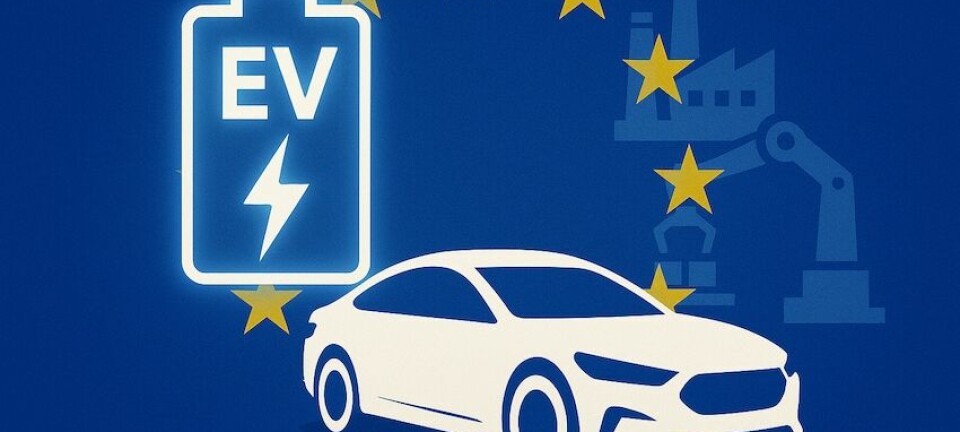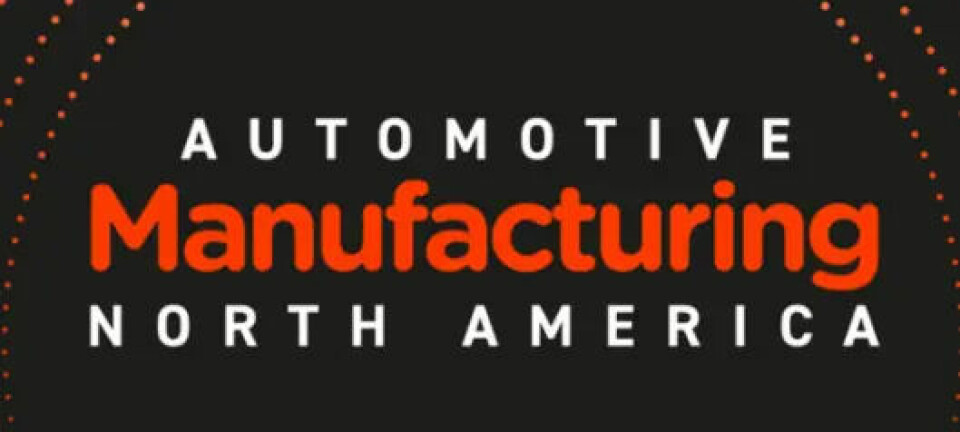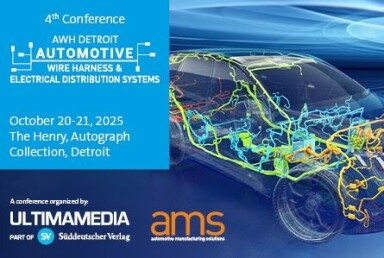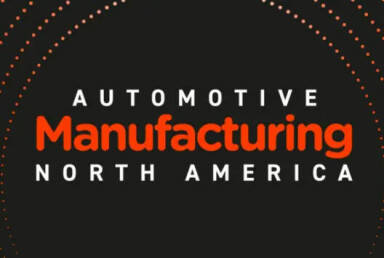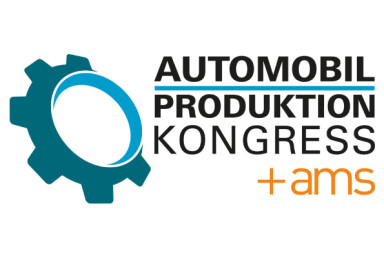Europe: Chinese brand’s sales and localised production on the increase
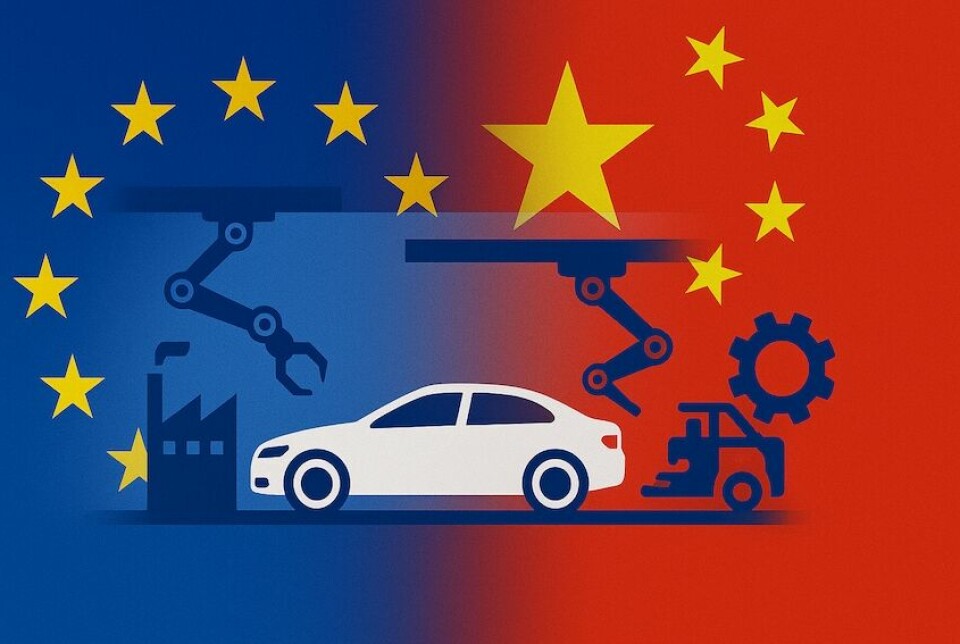
Despite steep EU tariffs, Chinese automakers are rapidly expanding their footprint across Europe – doubling market share. With hybrid models gaining traction and production scaling locally, their momentum shows no signs of slowing.
European manufacturers face the triple challenges of realigning production arrangements in the face of US tariffs, while managing the combined effect of the slower than expected ramp up in EV production and low utilisation of legacy ICE plants. Added to this they also have to face the rising competition from Chinese OEMs. This initially came in the form of imports and more recently with the start of production in Europe by Chinese vehicle companies. Competition from the Chinese will only intensify in the next few years.
The increase in Chinese brands’ registrations took place despite the additional tariffs – of more than 30% in some cases – imposed on Chinese EVs by the European Commission
While the Chinese vehicle companies’ European production footprint develops, their rising presence is however clear from registrations data. Information from JATO Dynamics for May recorded a 2.5% year-on-year increase in registrations overall and while legacy companies, Volkswagen, Renault and BMW especially all performed well, rising by as much as 6.3% year-on-year, the Chinese vehicle companies themselves made significant inroads in terms of their collective market share. Across Europe, Chinese brands recorded a combined market share of almost 6%, more than double the 2.9% share they achieved a year ago.
Chinese brands gaining market share despite tariffs
The increase in Chinese brands’ registrations took place despite the additional tariffs – of more than 30% in some cases – imposed on Chinese EVs by the European Commission. These may be replaced soon by agreements on minimum retail prices, but any such development would likely only delay further market share growth by the Chinese. It is also worth noting that much of the Chinese brands’ collective growth derives from their move away from selling only BEVs and increasing their PHEV or even HEV offerings. This switch reflects broader market developments as well, with European BEV registrations in May rising 28%, while PHEVs saw their admittedly smaller volumes rise 31%.
Production of Chinese EVs, for Jaecoo and Omoda, is already under way at the former Nissan plant in Barcelona
The May figures revealed moreover that MG had registered more vehicles in Europe (133,400) in the first five months of 2025, than Fiat, with 125,400. BYD, meanwhile, saw registrations rise by almost 400% in the same period. Other newcomers also did well especially against the smaller legacy brands. Jaecoo outsold Honda, while Omoda outsold Mitsubishi and Leapmotor outsold Lancia. More specifically, BYD ranked 11th in May’s BEV registrations having focused mainly on PHEVs this year. It is, however, within “striking” distance of Ford and Hyundai in EV sales, having overtaken both Peugeot and Citroen for example. Moreover, while some of the growth in Chinese brands’ collective presence is due to their recent focus on PHEVs, the Chinese brands will undoubtedly play increasing roles in EV manufacturing in Europe.
More European manufacturing for Chinese OEMs
Production of Chinese EVs, for Jaecoo and Omoda, is already under way at the former Nissan plant in Barcelona. This factory is now owned by Chery, and is also producing SUVs under the Ebro brand, a historic commercial vehicle name in Spain. Chery has reportedly refurbished and retooled this plant to make 150,000 vehicles a year, well above the volumes which Nissan had been able to produce there. Chery, which is owned by the Chinese government, is also said to be looking for a site to build a brand-new factory. This may be in Turkey where BYD is building its second car factory in the region. Any decision on a further Chery plant however will likely await agreement between the EU and the Chinese government on reducing the supplementary tariffs on Chinese made EVs, which the European Commission levied following an investigation into subsidies for Chinese vehicle production.
Geely models, possibly from Lynk&Co. or maybe Smart, could be added to the Volvo Ghent plant, where vehicles sharing the Volvo EX30’s platform would be a natural production fit
BYD, which is independent and largely outside Chinese government control, is building two factories in Europe. Its first factory is at Szeged in Hungary the second at the Turkish site, with capacity for 150,000 units a year is being installed, although both factories could, it is understood, each make 250,000 vehicles. Not content with this, BYD is reportedly looking for further sites, with Germany somewhat surprisingly potentially the next production location. Whether this involves an all-new factory or a take-over of a “spare” Volkswagen facility remains to be seen. BYD Hungary should produce its first vehicles by the end of this year, with the Turkish factory due to begin production by the end of Q1/2026. Both plants will have gone from announcement to start of production in less than three years, and in Turkey’s case less than two years.
Platform and production sharing offers more opportunities
Meanwhile, SAIC (MG), Chang’an, Xpeng, GAC and Leapmotor are also likely to produce vehicles in Europe in the near future. SAIC has been looking at sites in Spain, Italy and Turkey (and possibly elsewhere), with a decision on a location expected by the end of the year. Chang’an was, interestingly, mentioned as a potential investor in the UK at the SMMT’s recent International Summit in London but the company has not confirmed this and neither has the UK government. Geely models, possibly from Lynk&Co. or maybe Smart, could be added to the Volvo Ghent plant, where vehicles sharing the Volvo EX30’s platform would be a natural production fit. A Polestar model is also expected to be made in Volvo’s new Slovakian factory at Kosice where the EX40 is due to be made.
GAC and Xpeng (in which Volkswagen has a 5% stake) have reportedly been considering using Magna Steyr as a contract manufacturer, while Stellantis’s associate brand, Leapmotor, is still expected to provide a platform to underpin the next Fiat 500 and may also produce vehicles of its own in an under-utilised Stellantis factory in Europe. However, Leapmotor had hoped to be producing vehicles from kits in Poland by now, but the European Commission decided these were effectively Chinese vehicles, with a low level of European content, so supplementary tariffs were applied, rendering the Leapmotor-Stellantis plan unviable. And so, we return to the key determining factor behind future European production plans, namely tariffs. Over the last three decades or more, the automobile industry has operated in a no or declining tariff environment; those days may return, but for now they are back and causing major rethinks in automotive company boardrooms across the world.

